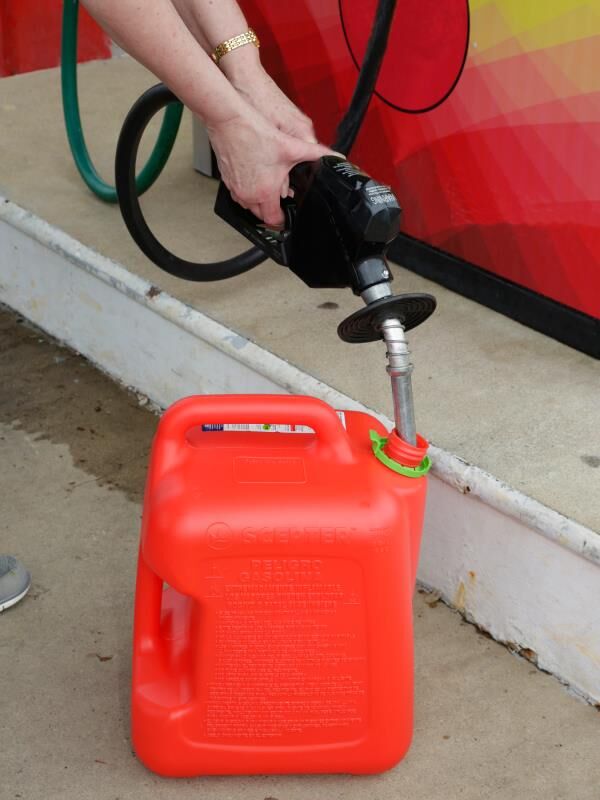
(StatePoint) While no one wants to dwell on worst-case scenarios, the last year has in many ways illustrated that there are no certainties in life. Preparing your home to handle a wide range of emergency scenarios will offer you peace of mind now and keep your family safe in the future.
To get prepped, start with the essentials. With sufficient fuel, water, food and other necessities, you can ride out potential emergency scenarios. Here’s how to collect and store these items safely and securely:
Water
The Centers for Disease Control and Prevention (CDC) recommends storing at least one gallon of water per person per day for 14 days so that in the event of an emergency that affects water supply, you’ll have enough for both drinking and sanitation.
When it comes to long-term storage though, standard plastic bottles are not ideal as they degrade over time, compromising water quality and safety. Instead, consider taking a cue from the military. Standard issue to U.S. and Canadian Armed Forces, Scepter Military Water Cans hold 5 gallons and are made from rugged, high-density polyethylene. BPA-free, they keep chemicals, odors and tastes out of your water; corrosion- and fungus-resistant, water also stays clean and safe. And because they are virtually indestructible and can withstand extreme weather conditions, they can pull double-duty and come with you on camping trips, sports expeditions and other adventures. Millions of these containers have been used around the world by U.S. Armed Forces and are now available to consumers, making them a must-have for any emergency supply kit.
Fuel
Homeowners should have a fresh supply of gasoline, diesel and kerosene so they can operate generators, chainsaws and other tools often needed during and after emergencies. Fuel containers should be stored in secure, dry locations away from heat sources, pets and easy access to children. You should also be sure to select containers that exceed ASTM and CPSC minimum standards, such as the SmartControl fuel containers from Scepter, available in 1-, 2- and 5-gallon sizes. These high-density polyethylene containers feature an innovative spout design that helps save fuel when it’s needed most by eliminating messy spills. For high-capacity needs, the 14-gallon wheeled Scepter Duramax offers a safe and convenient refueling choice.
Food
The CDC recommends storing at least a three-day supply of food for emergency scenarios. Be sure these are items with a very long shelf life that don’t require refrigeration or cooking. They should also meet the dietary needs of all household members. Periodically check your supply to ensure expiration dates have not passed and refresh items as needed. To avoid spoilage and odors, store food in airtight containers away from petroleum products and heat.
Of course, other important essentials should also be in your emergency kit, such as batteries, flashlights, first aid supplies and prescription medications. For a comprehensive emergency supply list, visit www.ready.gov.
Don’t wait until there’s a problem to get your ducks in a row. By that time it’s often too late, with essentials gone from store shelves. Preparing your home today can offer you peace of mind now, and comfort and safety in an emergency.